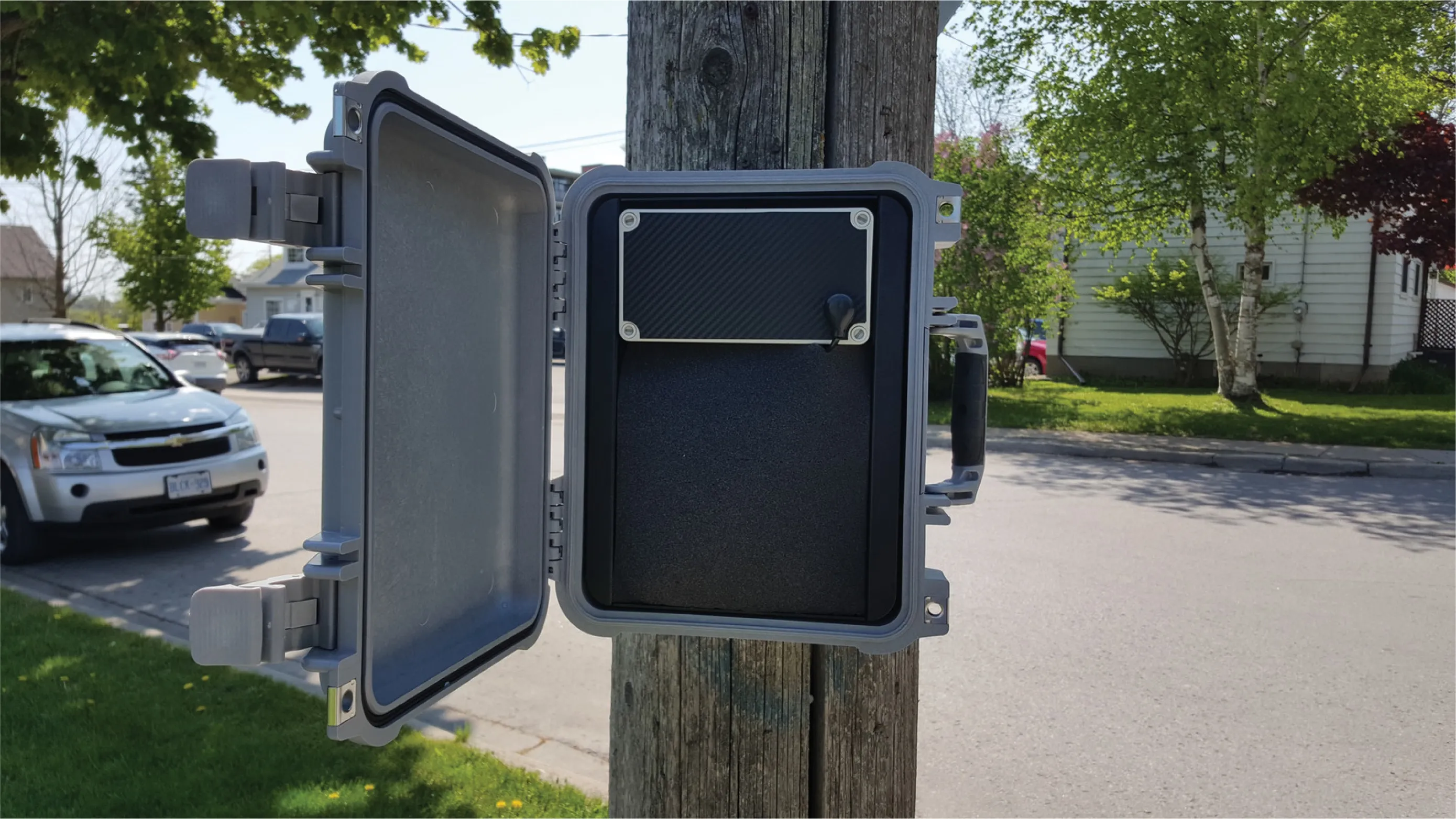Traffic planners are taking an intelligent approach to ensure golf fans heading to the Ryder Cup at Gleneagles in Scotland later this month don’t find themselves bunkered by congestion.
Organisers will use full matrix LED signs supplied by
Some of the traffic management around the Perthshire venue, as well as the routes to and from park and ride sites in Perth, Kinross and Stirling, are being handled by the AA. They have followed a growing trend of using variable message units to provide information as well as controlling and directing traffic at major events.
A total of 17 portable variable message signs will be used at strategic locations to keep congestion to a minimum, providing key directions and advanced information that can be changed at short notice.
Each sign is fully compliant for use on highways or urban roads but compact enough to deploy in many different locations. They are pre-programmed with up to 200 Highways Agency-approved messages and pictograms, but creating bespoke messages with drop-down menus is simple. Operators can input up-to-the-minute instructions, to ensure traffic is kept flowing as smoothly as possible just when demand is at its peak.
Andrew Leigh, area sales manager for MTS, says the portable variable message signs produce a smart solution that’s both flexible and cost-effective for traffic managers.
“Highly visible LED signs provide strong directional information to road users. And the fact they can be changed at the flick of a switch means they can be used to provide advance warning of problems to prevent delays,” he says.
Robert Trevethick, event traffic solutions manager for the AA, said the signs complement signage provided by the AA: “The LED signs provided by MTS are a valuable tool that suit the requirements of this event perfectly.
“The use of portable variable message signs enables traffic managers to instantly and remotely change messages and will give us the ability to react to changing circumstances by providing information as well as direction as required.”
Keeping fans on course for big golf date
Traffic planners are taking an intelligent approach to ensure golf fans heading to the Ryder Cup at Gleneagles in Scotland later this month don’t find themselves bunkered by congestion. Organisers will use full matrix LED signs supplied by Mobile Traffic Solutions (MTS) to ensure the logistical operation runs smoothly. Some of the traffic management around the Perthshire venue, as well as the routes to and from park and ride sites in Perth, Kinross and Stirling, are being handled by the AA. They have follow
September 3, 2014
Read time: 2 mins










